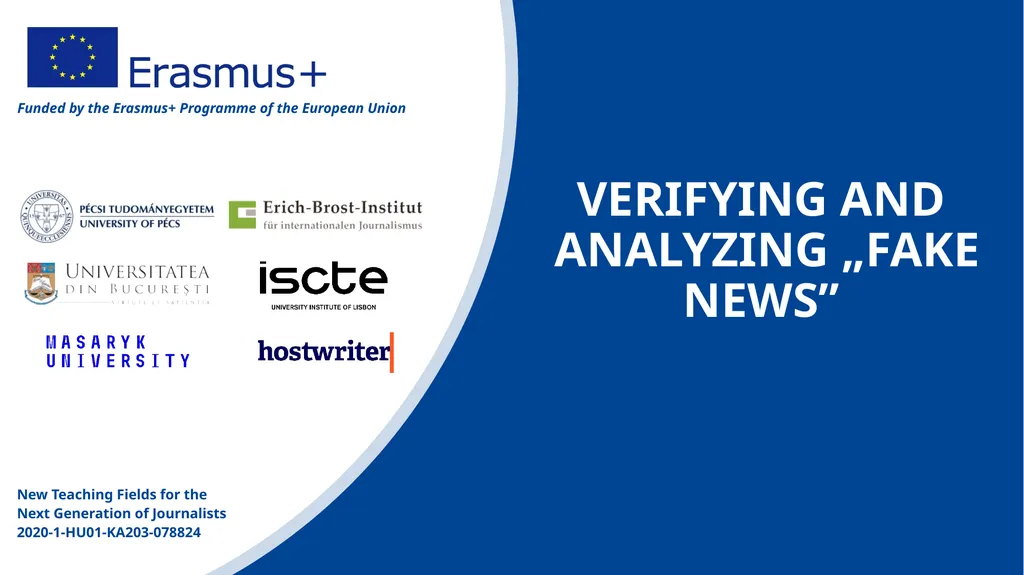
VERIFYING AND ANALYZING „FAKE NEWS” Funded by the
Author: pasty-toler | Published: 2025-08-04
Description: VERIFYING AND ANALYZING FAKE NEWS Funded by the Erasmus Programme of the European Union Lesson1 - Introduction of the course History of fake news The Course Lesson 1 - Introduction of the course. History of Fake News Lesson 2 - What is
Download Presentation
Download the PPT/PDF: Download
Transcript:
Loading transcript�